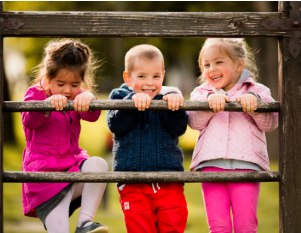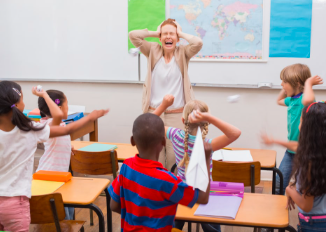Physical activity plays a vital role in the healthy development of young children, not only for their bodies but also for their growing minds. From simple outdoor games to structured movement activities, physical play supports learning in meaningful ways during early childhood. Understanding this connection can help caregivers and educators create environments where children thrive both physically and academically.
Movement Fuels Brain Development
Engaging in regular physical activity helps young children build and strengthen brain connections. Activities that involve coordination, balance, and spatial awareness—such as climbing, running, and jumping—stimulate areas of the brain that are also used for learning skills like reading, problem-solving, and memory. When children move, they are not just exercising their bodies—they are building a stronger foundation for learning.
Boosting Focus and Readiness to Learn
Physical play can significantly improve a child’s ability to concentrate and participate in classroom activities. After movement-based sessions, children are often more attentive, better able to manage their emotions, and more willing to engage in group learning. Incorporating movement breaks or active transitions into the school day helps maintain a balance between energy release and quiet focus, which supports overall academic readiness.
Encouraging Social and Emotional Growth
Group games and physical activities provide opportunities for children to work together, share, take turns, and follow rules. These experiences nurture important social-emotional skills like cooperation, empathy, and self-regulation. Learning how to move together in a group or resolve small conflicts during play strengthens a child’s ability to interact positively with peers and adults alike.
Building Confidence Through Active Exploration
When children successfully climb, hop, or catch a ball, they develop a sense of accomplishment and self-belief. Physical play allows them to test their limits, try new things, and celebrate their progress. This confidence naturally transfers to other areas of life, including academics. A child who feels capable in movement is more likely to feel capable in learning.
Integrating Movement Into Early Education
Educators and families can easily integrate physical activity into everyday routines. Morning stretches, dancing to music, obstacle courses, or nature walks can all be part of a well-rounded early learning program. By viewing movement as an essential part of the learning process, we create spaces where children are healthier, happier, and more engaged.
Conclusion
The connection between physical activity and early learning is clear: movement supports brain development, enhances focus, builds social skills, and boosts self-confidence. Encouraging active play throughout the day lays the groundwork for a lifetime of healthy habits and enthusiastic learning. Whether at home or in the classroom, incorporating physical activity into early childhood routines benefits every aspect of a child’s growth.


